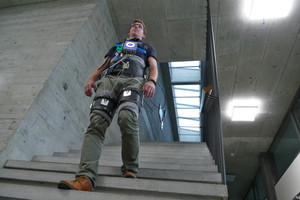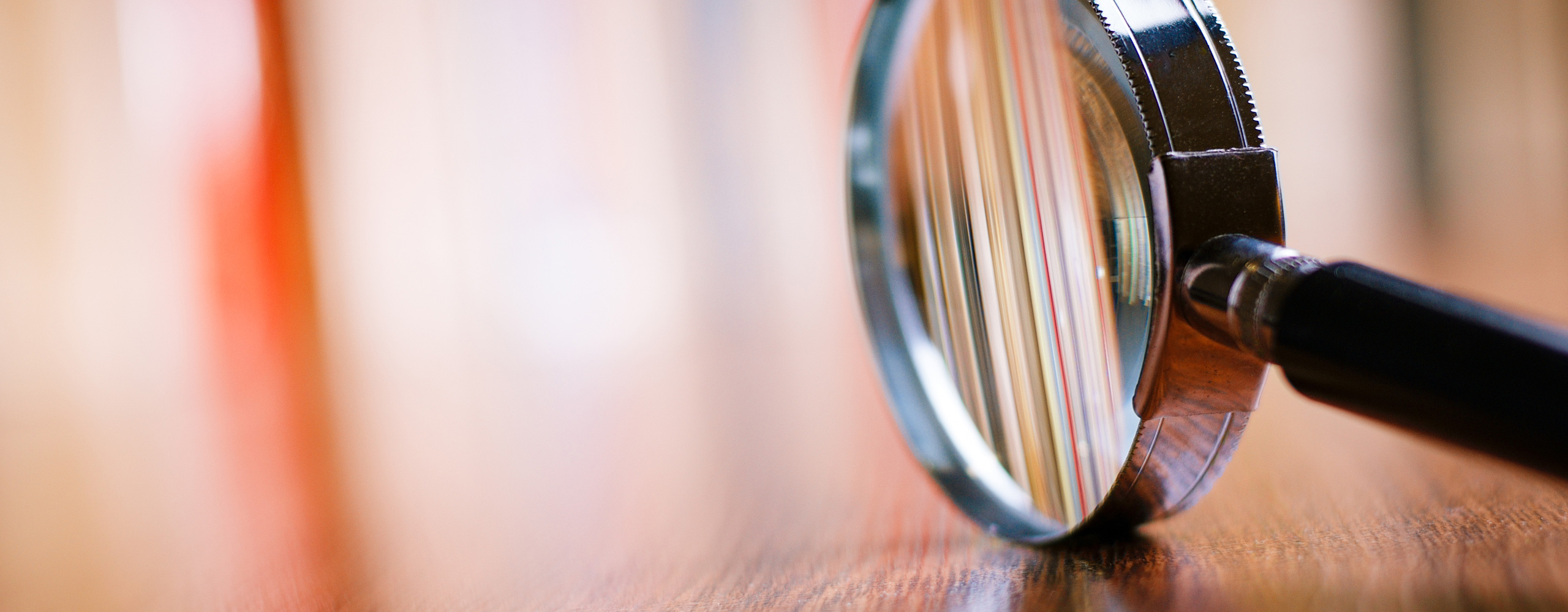Forschungsprojekt
Exosuit
Many different exoskeleton solutions for gait support are emerging in research and in commercial settings.
They are mostly applied with neurologic patient groups. Neurologic patients have their lower limbs still intact and available. One major challenge of an exoskeleton for neurologic patients is to duplicate the mechanical structure of the skeleton and place it around the patient. While this very robust and cumbersome mechanical structure may be necessary to support gait in completely plegic patients, it is a major obstacle for patients with residual function in the lower limbs.
Especially patients with
- progressive neurologic diseases (e.g. Multiple Sclerosis)
- a big potential to regain walking capabilities (e.g. after stroke)
- residual function which almost allows for walking (e.g. after incomplete spinal cord injury)
have a need for a gait support solution which complies with their movements.
Soft robotics to reduce the mechanical structure to a minimum
Our goal is to integrate the legs of the user into the system rather than duplicating them. This approach reduces the rigid mechanical parts to a minimum and replaces them with softer structures. This approach is generally called soft robotics.
The result is a lightweight and compact robot which operates only in direct collaboration with the user. It is worn similar to a pair of pants and the cable drives apply tensile forces onto slim cuffs. The drives and controllers are worn in a backpack which does not hinder the natural movement patterns of the legs, arms and the trunk.
Modularity to adapt to patient progress
The soft exosuit may be combined with a lightweight exoskeleton or other modules to adapt to the current capabilities and needs of a user. It may serve as an initial module to support getting up from a chair or walking up and down stairs.
Next steps: Intention detection
The next step for the exosuit is to combine it with sensors suitable for intention detection so that it automatically adapts to the different needs during standing up, walking and walking on stairs.


